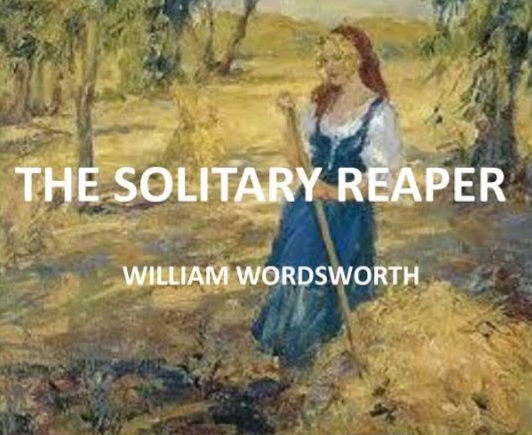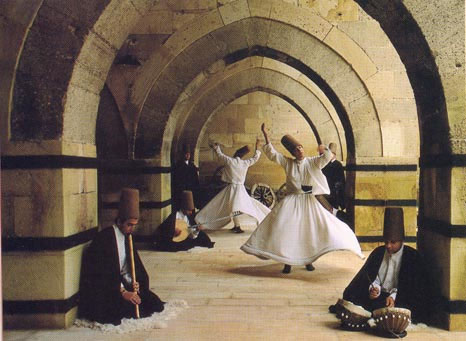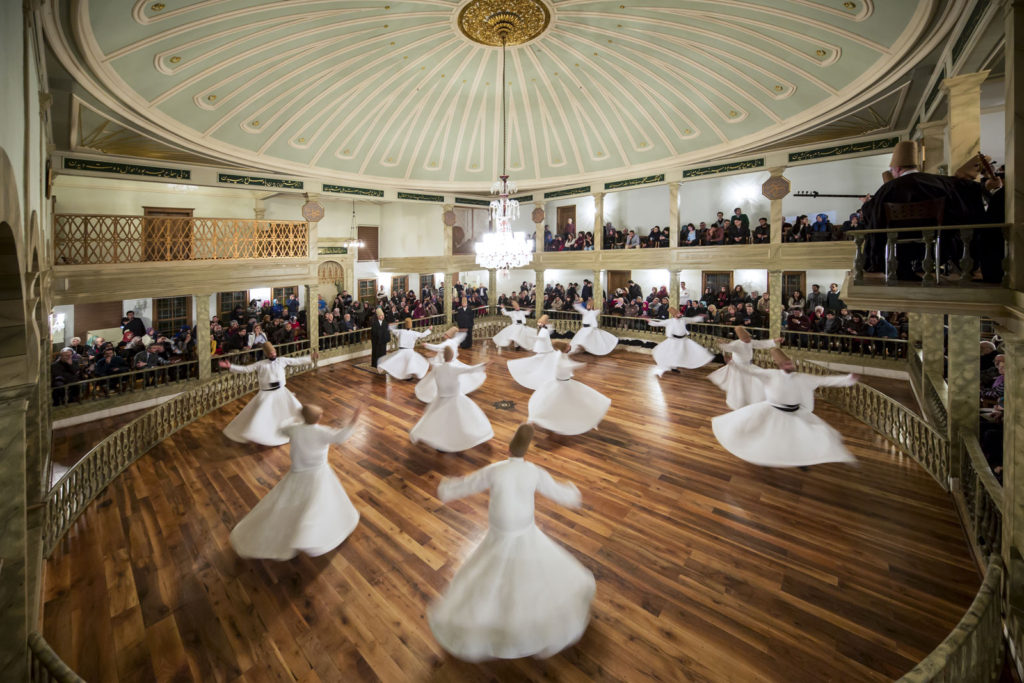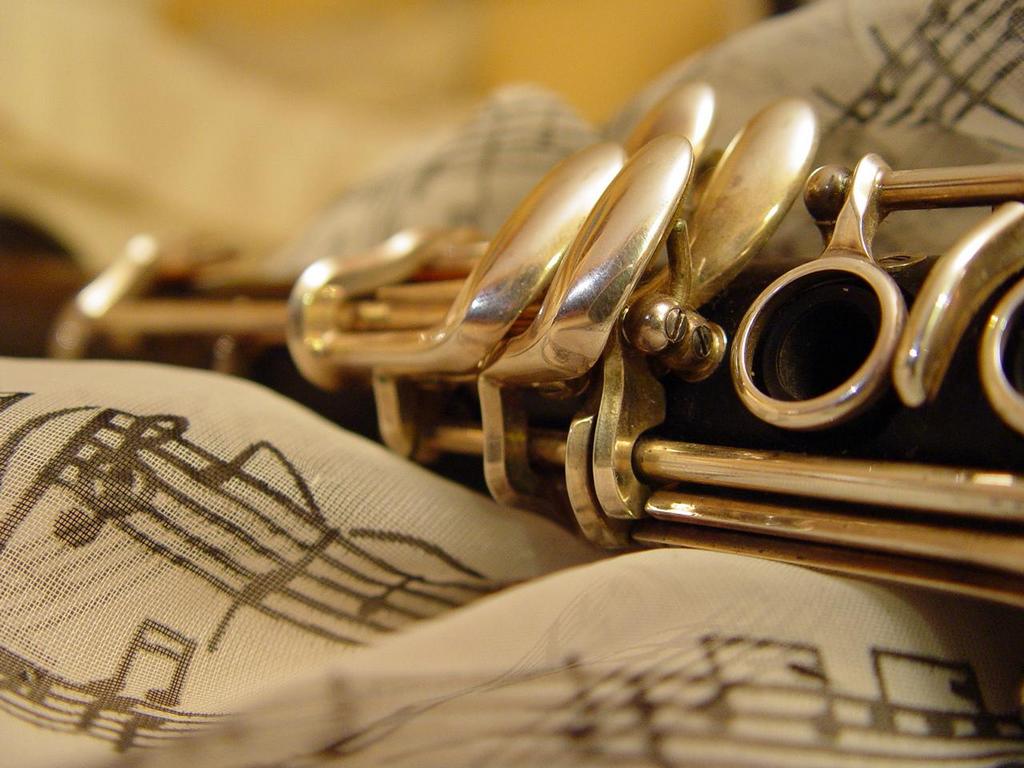
There is a saying that music has no language because good music is one that creates its impact on the universal audience beyond languages. For instance, whether you know a language or not but still you can sense the situation through music whether it is a music to express sadness, inspiration, dramatic situation, spirituality, horror, mystery or just a mesmerizing melody.

Best example comes from the poem “Solitary Reaper” by William Wordsworth where he passed through a valley, saw a girl singing in some foreign language but still he was able to understand that it was a mourning song.

Sometimes, the audience can feel the musical rhythm even when music is absent from the situation. It depends how a poet creates an impact through his poetry by using strong lyrics, rhythm, alliterations and rhyme schemes.

There are various flavors of music throughout the world. Some regions are famous for producing typical flavors of music.

Western music is usually based on rock music while Pakistani music is famous worldwide because of the typical flavor of Qawali introduced by Ustaad Nusrat Fateh Ali Khan during the decades (1964-1997). Ustaad Nusrat Fateh Ali Khan is often referred to as “Shahenshah-e-Qawwali” (the King of Kings of Qawwali).

On the other hand, Turkish mystic and spiritual music is famous for centuries as it creates a relationship between a man and spirituality.


Arabic music has its own flavor which is different from all others. Sometimes even silence creates its own rhythm while on the other hand sea shores, blowing winds, singing birds and countless sounds in our universe have their own genre of rhythm and music. In this way, we can compare one flavor of music with another and it creates an unending list of music flavors.

ACCORDING TO THE AUTHOR BOUKSIL BELINDA FROM ALGERIA:
As we all know, most of the great cinematographic works have an original soundtrack, very specific to the theme and the atmosphere of the film, and we can go from a catchy music, to a softer or sadder music, everything depends on what one wants to mean through extra diegetic audio.

In the cinema, not only the sound is important, but also the silences, because we can also signify an emotion through the moments when the music stops, where the ambient sound increases the realism of the scene, or else that allows us to establish an uneasy silence, which the characters may feel at first glance, which makes the scene even more embarrassing for the spectator who puts himself in the shoes of the characters.

We can also find popular music, or remixed, and reused for the needs of the film, as we can have an original soundtrack, written especially for the film.

Among the world’s great composers we can cite:
Hans Zimmer – Danny Elfman – Jerry Goldsmith- Alexandre Desplat- Ennio Morricone… And many more.
During the screening of Hitchcock’s film “Psycho” at the cinema, there is a cult scene “the murder scene in the shower”, which aroused much emotion among the spectators in the cinema where the film was screened. , but what made this scene even more mythical, is this soundtrack, which catches you suddenly, from the first notes.

There are also a few songs by artists who have gained or regained popularity after seeing their song used for film purposes, and these songs have become commercially successful thanks to the popularity of the film itself.
• “Where Is My Mind?” by Pixies “Fight Club” (1999)
• “Mad World” by Michael Andrews feat. Gary Jules “Donnie Darko” (2001)
• “I’m Shipping Up to Boston” by Dropkick Murphys “The Departed” (2006)
• “Tiny Dancer” by Elton John “Almost Famous” (2000)
• “Old Time Rock and Roll” by Bob Seger “Risky Business” (1983)
• “The End” by The Doors “Apocalypse Now” (1979)
• “Misirlou” by Dick Dale & His Del-Tones “Pulp Fiction” (1994)
• “Stuck in the Middle with You” by Stealers Wheel Reservoir Dogs (1992)
• “Unchained Melody” by The Righteous Brothers “Ghost” (1990)
• “Bohemian Rhapsody” by Queen “Wayne’s World” (2002)
And we can also cite the thematic film scores, created especially for the film, which have gained popularity and remain iconic for the most part:
• ‘Somewhere Over The Rainbow’ (The Wizard Of Oz, 1939)
• ‘Singin’ In The Rain ‘(Singin’ In The Rain, 1952)
• ‘Moon River’ (Breakfast At Tiffany’s, 1961)
• ‘Danger Zone’, Top Gun (1986)
• ‘Save Me’, Magnolia (1999)
• “Mona Lisa”, Captain Carey, USA (1950)
• ‘Mysteries of Love’, Blue Velvet (1986)
• ‘Gangsta’s Paradise’, Dangerous Minds (1995)
• ‘New York, New York’, New York, New York (1977)
• ‘Stayin’ Alive ‘, Saturday Night Fever (1977)


In conclusion, we can say that music over time has proven not only its importance but also its necessity in certain cinematographic works, where a whole set of emotions and an atmosphere is created through the extra diegetic audio of the film.

Nice article, i loved the entire concept. Keep it up Nabeel Rashid and Belinda Hayat
Excellent article. Very well explained. Specially i loved the writing style of new Author Belinda…
Great work… Keep it up!
Nice
Nice article… Keep it up Nabeel Rashid. I liked the style writing style of new author Belinda Hayat.. Write more often Madam.. I follow your articles.
An interesting dimension to explore. Keep going Nabeel. Good job 👍
Thanks Mam
How beautifully you have explained the importance of music, while reading this article I feel like I’m enjoying some kind of a music which reflects different spectrum from different point of views !
Well done Nabeel!
Thanks Erum for your kind words
Nice article. Very well I liked it .
Good luck Mr Nabeel and dear Belinda 👍
Thanks Razieh